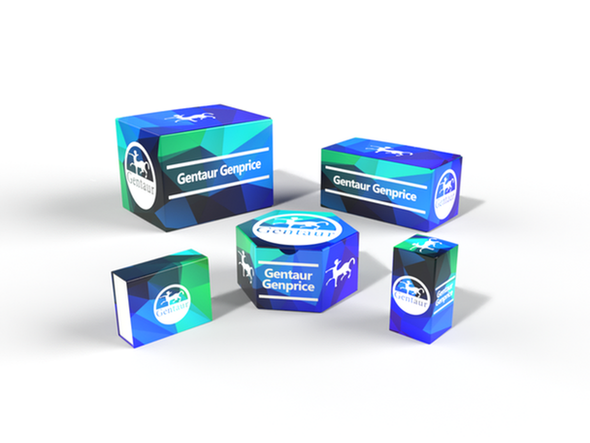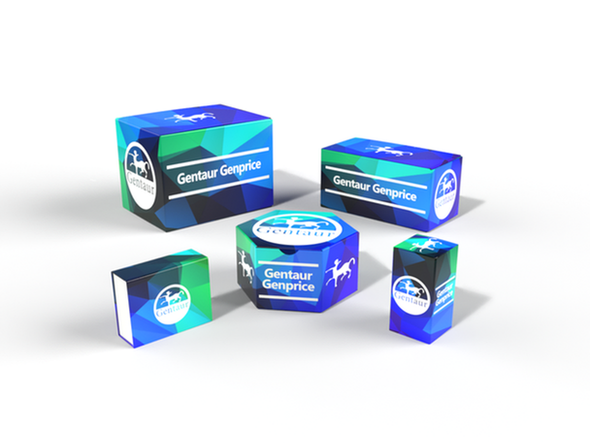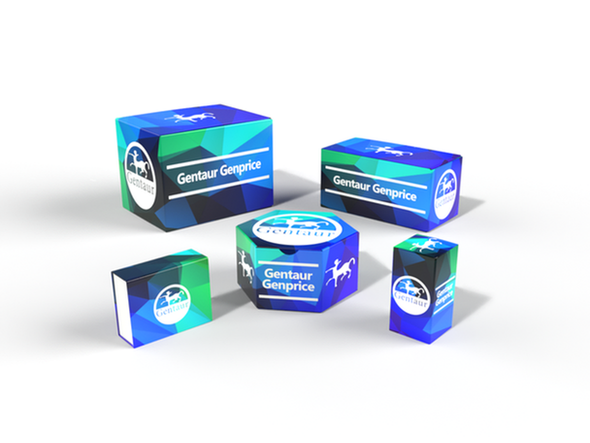Description
GRIA4 Antibody | 15-792 | Gentaur UK, US & Europe Distribution
Host: Rabbit
Reactivity: Human, Mouse, Rat
Homology: N/A
Immunogen: Recombinant fusion protein containing a sequence corresponding to amino acids 254-433 of human GRIA4 (NP_001070712.1) .
Research Area: Neuroscience, Signal Transduction
Tested Application: WB
Application: WB: 1:1000 - 1:4000
Specificiy: N/A
Positive Control 1: SH-SY5Y
Positive Control 2: B cells
Positive Control 3: Mouse brain
Positive Control 4: Mouse liver
Positive Control 5: Mouse kidney
Positive Control 6: Mouse spinal cord
Molecular Weight: Observed: 101kDa
Validation: N/A
Isoform: N/A
Purification: Affinity purification
Clonality: Polyclonal
Clone: N/A
Isotype: IgG
Conjugate: Unconjugated
Physical State: Liquid
Buffer: PBS with 0.02% sodium azide, 50% glycerol, pH7.3.
Concentration: N/A
Storage Condition: Store at -20˚C. Avoid freeze / thaw cycles.
Alternate Name: GRIA4, glutamate receptor, ionotrophic, AMPA 4, GLUR4, GLUR4C, GLURD, AMPA-selective glutamate receptor 4
User Note: Optimal dilutions for each application to be determined by the researcher.
BACKGROUND: Glutamate receptors are the predominant excitatory neurotransmitter receptors in the mammalian brain and are activated in a variety of normal neurophysiologic processes. These receptors are heteromeric protein complexes composed of multiple subunits, arranged to form ligand-gated ion channels. The classification of glutamate receptors is based on their activation by different pharmacologic agonists. The subunit encoded by this gene belongs to a family of AMPA (alpha-amino-3-hydroxy-5-methyl-4-isoxazole propionate) -sensitive glutamate receptors, and is subject to RNA editing (AGA->GGA; R->G) . Alternative splicing of this gene results in transcript variants encoding different isoforms, which may vary in their signal transduction properties. Some haplotypes of this gene show a positive association with schizophrenia.










